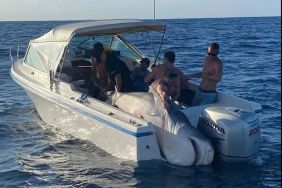One of the most impactful fish found in saltwater is also one of the most commonly overlooked species among the angling community. I’ve covered shark fishing in past articles, where I cast a spotlight on angling for the toothy predators on the flats. Now let’s take a close look at fishing for shark from shore, which is very different from the inshore shallows.
Anglers must truly rely on their own skills, as shore fishing for sharks is all about one angler, their tackle and the shark. You can’t use the boat to manipulate the shark or your own position. You don’t have a spotter to give you tips while you fish. Shark fishing from shore quickly turns into the angler in one spot, battling the surf and a monstrous fish hundreds of yards away. Shore fishermen can prepare for this battle by making sure they’re equipped with the proper tackle and a sound strategy.
RELATED: Australian Anglers Land Giant Tiger Sharks From Shore
Targeting big fish means arming yourself with big tackle, beginning with high profile reels equipped with quality star drags and huge line capacity (100-lb test range). Braided line and monofilament have comparable effectiveness in this situation, so it’s really up to you on which to go with. A strong length of leader (15 feet or so) is a vital part of this equation, as well. 400-lb test monofilament fastened to your main line with a strong swivel. You’ll also need a rod with enough strength to handle a demanding fight without breaking. Hooks in the 10/0 to 16/0 range are a smart choice, also.
Bait for shark fishing from shore will depend on where you’re fishing. For instance, it’s more effective to fish with bait species that are prevalent in your region, and also species that are active during the time of year you’re fishing. To rig live bait for sharks, you’ll need a large hook—up to 12/0 usually works—and a strong leader, such as a No. 19 wire, to handle the large size of your baitfish.
The best placement for your bait will be anywhere between a hundred to a few hundred yards from shore. Obviously, you won’t be able to cast this far, which is why it’s necessary to manually drop the bait off at that point with the aid of a kayak or other watercraft. Use sinkers or natural obstructions, like rocks, to keep the bait in place, as the current can be strong that far out.
RELATED: Thousands of Blacktip Sharks Congregate Off Florida Coast
I won’t lie, hooking into a shark and fighting it to shore will require a certain level of strength and endurance, and shouldn’t be attempted by anyone unable to go the distance. These fights can last for hours and will take a toll on your arms, back, and legs, which is something to take into consideration before attempting it. Landing and releasing the shark requires focus and awareness, as one slip up can mean serious injury. Using a safe pair of gloves, you’ll need to bring the shark to knee-deep water and, while you or a friend holds the rod, you’ll need to grab the shark by the tail and pull it to the beach. Once your pictures are taken, you can then release the shark.
The most important thing is that both you and the shark remained unharmed after the battle is all said and done. Muscling such an impressively powerful and respected species to shore is a true test of stamina and determination and will test every piece of your angling skills. That being said, be sure that you bring your “A” game if you decide to shore fish for sharks.
Sharks
-
Sharks
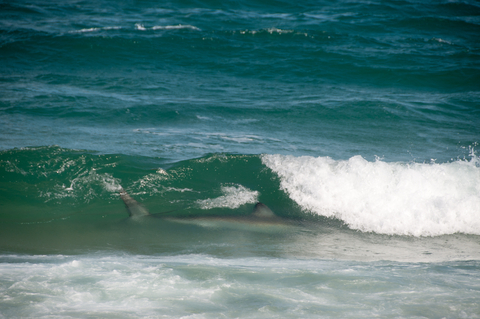
Photo credit: Dreamstime
-
Sharks
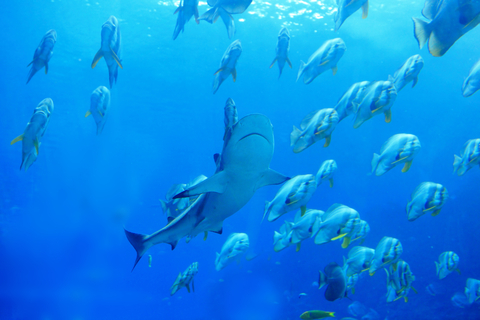
Photo credit: Dreamstime
-
Sharks
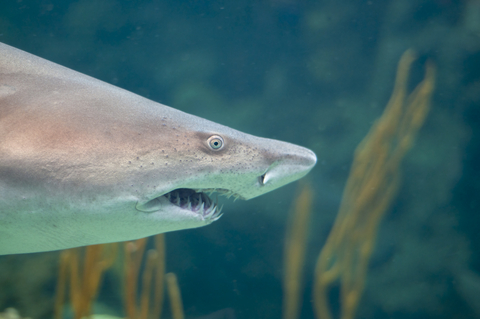
Photo credit: Dreamstime
-
Sharks

-
Sharks

Photo credit: Dreamstime
-
Sharks
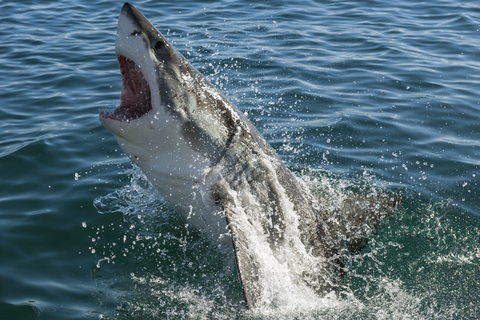
Photo credit: Dreamstime
-
Sharks

Photo credit: Dreamstime
-
Sharks
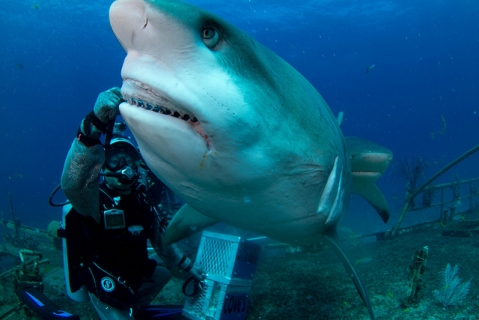
Photo credit: Dreamstime
-
Sharks
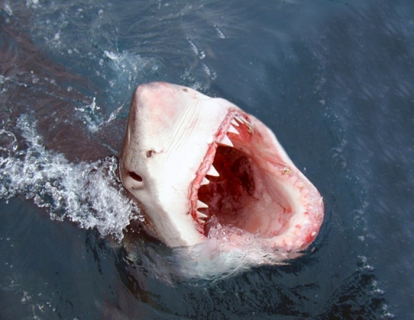
Photo credit: Dreamstime
-
Sharks
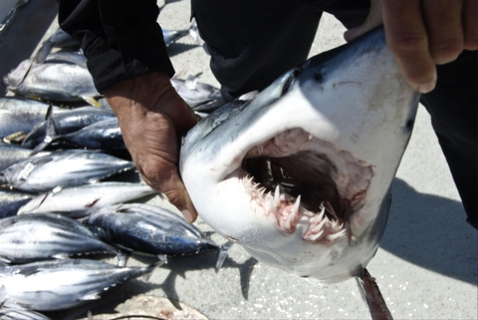
Photo credit: Dreamstime
-
Sharks
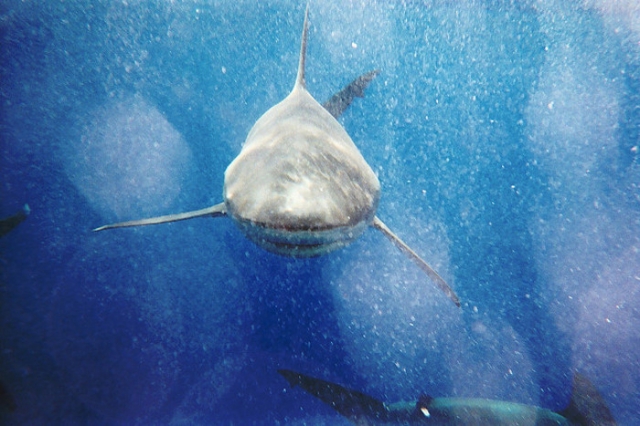
-
Sharks
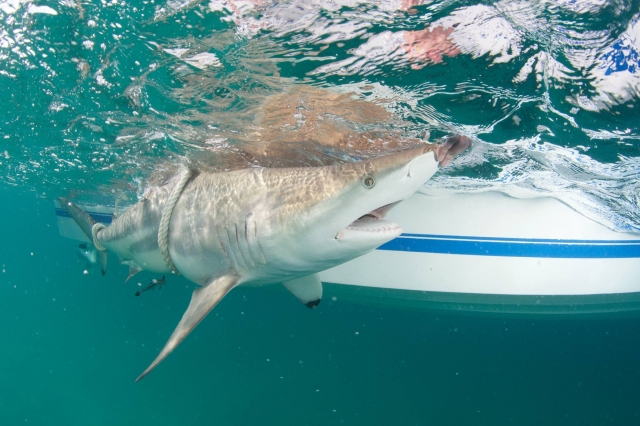
Photo credit: Dreamstime
-
Sharks
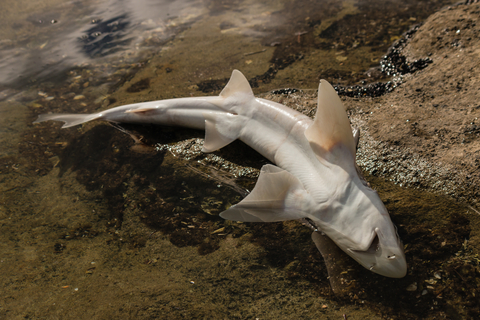
-
Sharks
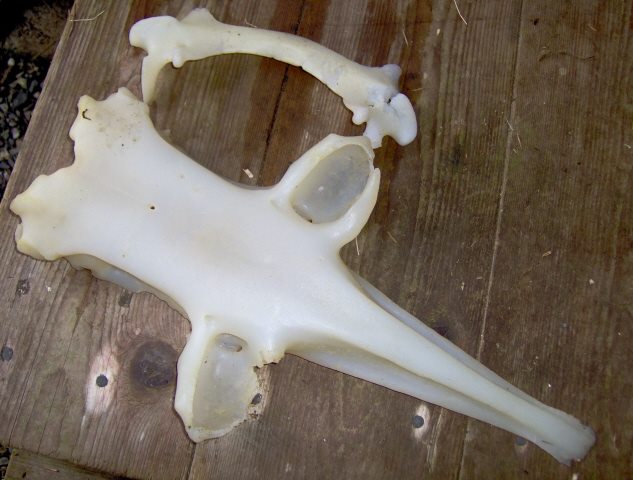
Photo credit: Dreamstime
-
Sharks
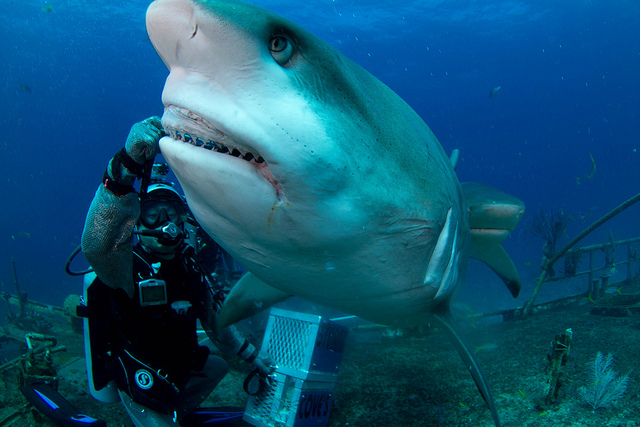
Photo credit: Dreamstime
-
Sharks
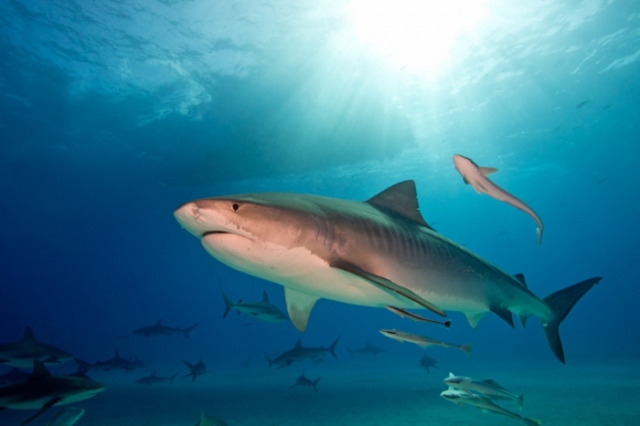
Photo credit: Dreamstime
-
Sharks
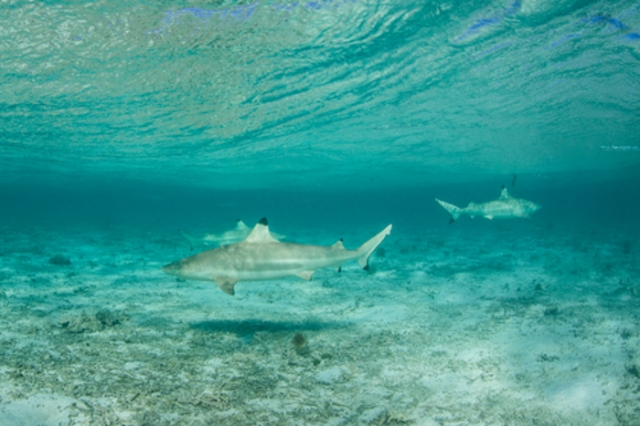
Photo credit: Dreamstime
-
Sharks

Photo credit: Dreamstime
-
Sharks
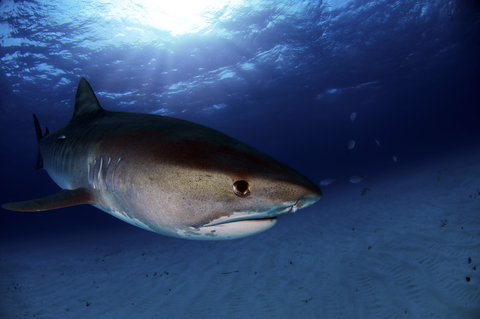
Photo credit: Dreamstime
-
Sharks
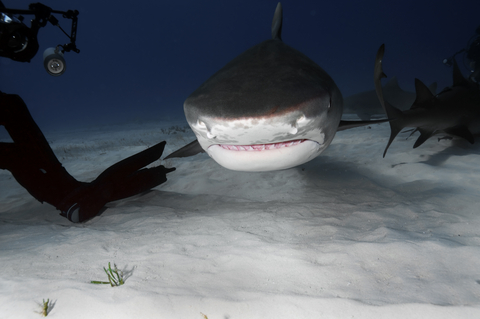
Photo credit: Dreamstime
-
Sharks
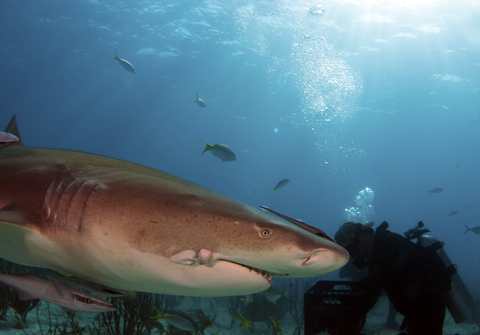
Photo credit: Dreamstime
-
Sharks
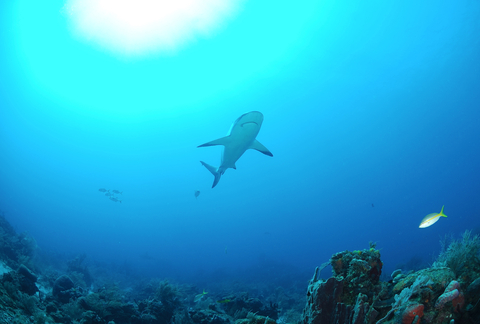
Photo credit: Dreamstime
-
Sharks
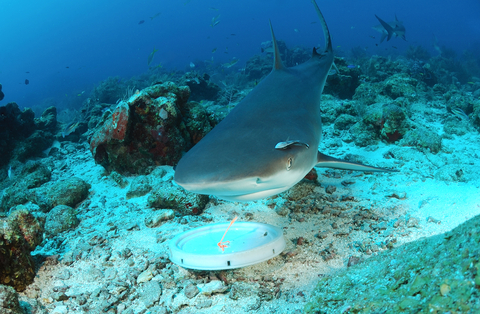
Photo credit: Dreamstime
-
Sharks

Photo credit: Dreamstime
-
Sharks
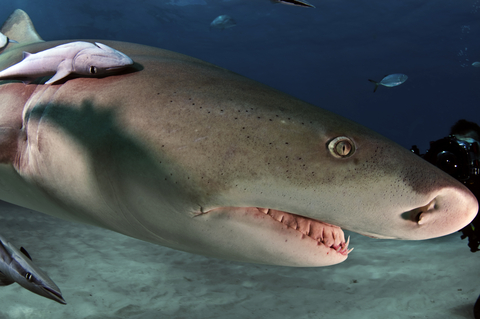
Photo credit: Dreamstime
-
Sharks
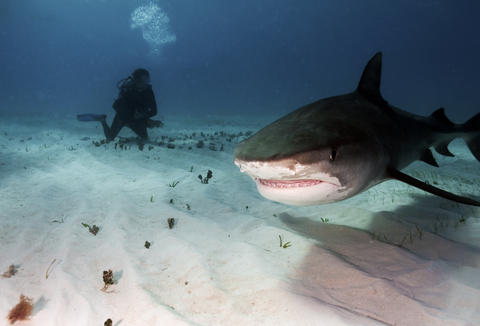
Photo credit: Dreamstime
-
Sharks
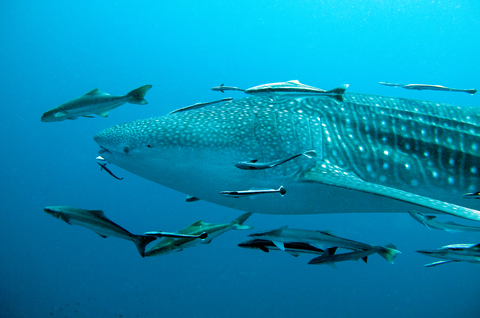
Photo credit: Dreamstime
-
Sharks
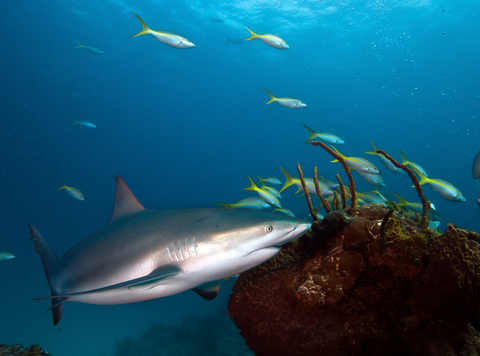
Photo credit: Dreamstime
-
Sharks
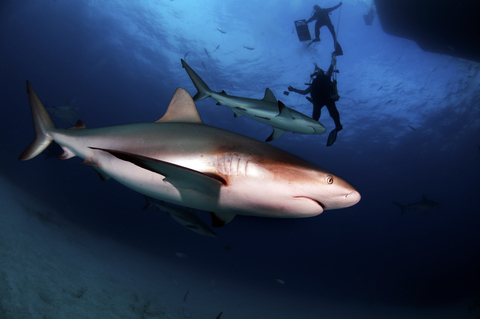
Photo credit: Dreamstime
-
Sharks
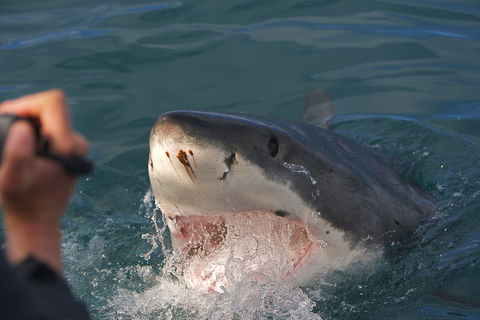
Photo credit: Dreamstime
-
Sharks
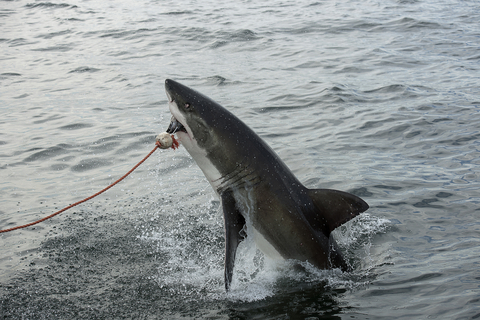
Photo credit: Dreamstime
-
Sharks
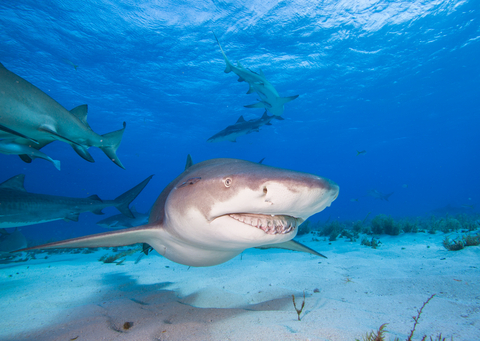
Photo credit: Dreamstime







